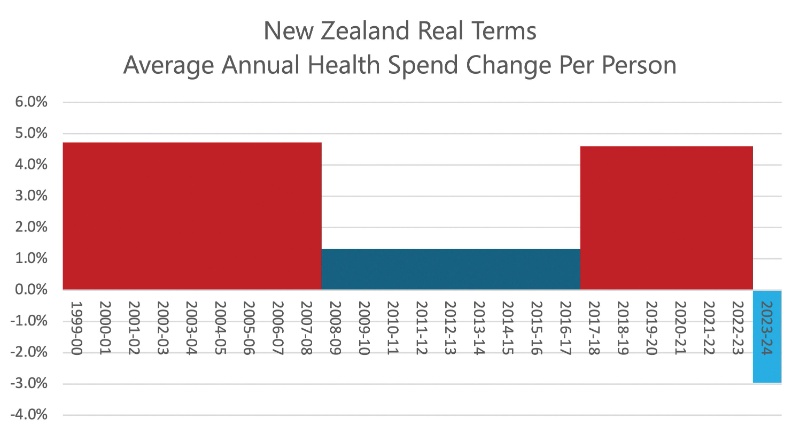Protect Endangered Species Not Foreign Miners
Coromandel Watchdog of Hauraki, one of the most vocal supporters of the Archey’s frog for more than 40 years, say the Threat Classification Report on rare frogs released by DOC yesterday misses a key issue.
“If we want to protect this vulnerable species which is at risk of extinction - and we know they are struggling due to climate change and pests, why would we ignore the impacts of mining to the list of serious threats?” says Catherine Delahunty, Chairperson of Watchdog.
“The numbers of the At Risk species Archey's frog has become a political game for the industry. Companies such as OceanaGold have made false claims in the past that there were 55 million of these frogs. In the same breath they have offered some funds for pest control in their application to mine under the habitat to sweeten the proposal. It's clear that Archey's numbers are slowly increasing but remain under threat from climate change and pests, and that mine blasting under their habitat and draining water from under their forests will not assist their survival.”
This 200 million year old species is highly sensitive to vibration and relies of a stable wet climate, they stay in one place all their lives. To mine beneath them so Oceana can export gold to foreign banks is reckless. What is worse is the Fast Track law will prevent iwi, public and independent expert scrutiny of the company evidence in court on this critical issue”
“We note the DOC Panel report says that numbers have increased and it also states that these frogs are still at risk of extinction. We are not happy that the lead DOC scientist says the numbers are based on the work of Oceana Gold contractors surveying our area. When the mining company pays for the data because DOC cannot afford to do this work, and there is no public scrutiny we are not confident this is independent science.”
Advertisement - scroll to continue readingThe company wants to mine in nationally significant conservation land at Wharekirauponga in the southern Coromandel Range in Hauraki, home to a significant recorded population of the frog, and other threatened species. The company applied for resource consents to mine the area; their application included a report claiming that DOCs estimates were inadequate, and that rather than numbering in the thousands, they claimed there were tens of millions of the frogs.
“Despite this debunked claim, and the company publicly claiming that the community would get a say in the process, Oceana are applying for the Fast Track, avoiding essential independent scrutiny. This is a major concern in light of the ongoing classification of Archey’s as at risk of extinction,” says Delahunty.
“If the Government was committed to conservation of endangered species they would fund DOC properly to protect them instead of green lighting yet another risk to their future.”


 Gordon Campbell: On The Americanising Of NZ’s Public Health System
Gordon Campbell: On The Americanising Of NZ’s Public Health System New Zealand Deerstalkers Association: NZDA Urges Hunters To Prioritise Safety This Roar Season
New Zealand Deerstalkers Association: NZDA Urges Hunters To Prioritise Safety This Roar Season PSA: 1000 Days Since Landmark Pay Equity Deal Expired - Workers Losing $145 A Week
PSA: 1000 Days Since Landmark Pay Equity Deal Expired - Workers Losing $145 A Week Grace Tinetali-Fiavaai, RNZ: Widow Of Fa'anānā Efeso Collins Seeks Inquiry Into His Death - 'Unanswered Questions'
Grace Tinetali-Fiavaai, RNZ: Widow Of Fa'anānā Efeso Collins Seeks Inquiry Into His Death - 'Unanswered Questions' Te Pāti Māori: Te Pāti Māori Call For Mandatory Police Body Cameras
Te Pāti Māori: Te Pāti Māori Call For Mandatory Police Body Cameras NZ First Party: NZ First Introduces the “Conscience Acts Referendums Bill”
NZ First Party: NZ First Introduces the “Conscience Acts Referendums Bill” NZ Government: Unlocking Data To Increase Competition And Choice
NZ Government: Unlocking Data To Increase Competition And Choice


